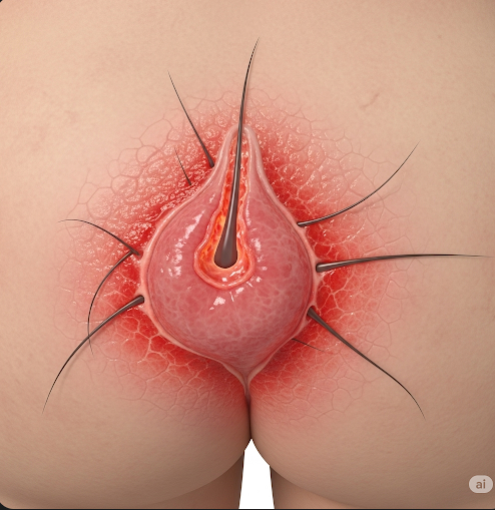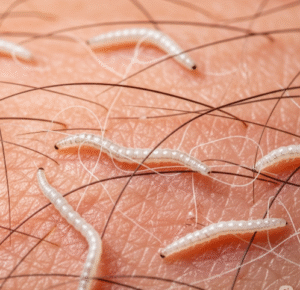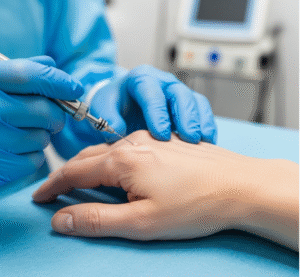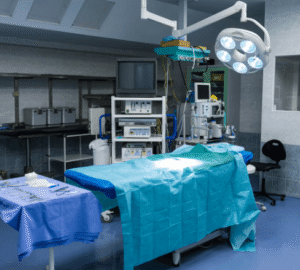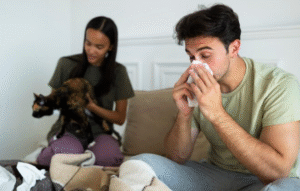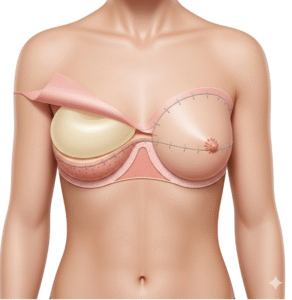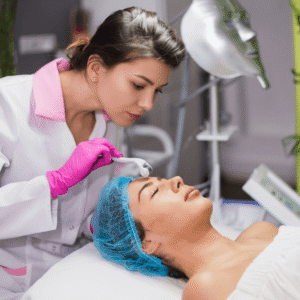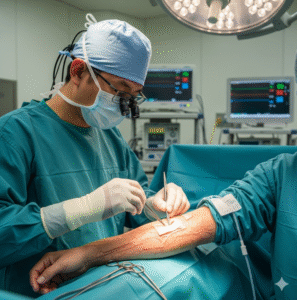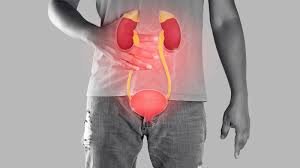Overview
A pilonidal abscess is a painful, pus-filled swelling that forms near the tailbone, typically in the cleft between the buttocks. It results from a pilonidal cyst becoming infected, leading to inflammation and the accumulation of pus. This condition most commonly affects young adults and can cause significant discomfort when sitting, walking, or performing daily activities. While not usually life-threatening, a pilonidal abscess often requires medical drainage or surgical intervention to resolve fully.
What is Pilonidal Abscess?
A pilonidal abscess develops when a pilonidal cyst — a small sac under the skin often containing hair, skin debris, and bacteria — becomes infected. The infection leads to an abscess, which is a collection of pus that causes redness, swelling, and pain. The condition is believed to stem from ingrown hairs or blocked hair follicles in the gluteal cleft (the area between the buttocks).
It is considered a chronic condition because it has a tendency to recur if not properly treated or if the underlying cause (e.g. hair penetration) is not addressed.
Symptoms
Symptoms of a pilonidal abscess typically develop rapidly and include:
- Pain and tenderness near the tailbone
- Swelling and a visible lump or bump between the buttocks
- Redness and warmth around the affected area
- Drainage of pus or blood from the cyst opening
- Foul-smelling discharge
- Fever and malaise (in severe infections)
- Difficulty sitting or walking due to discomfort
Causes
Pilonidal abscesses are primarily caused by infection of a pre-existing pilonidal cyst, which may develop due to:
- Ingrown hairs
- Friction or pressure from prolonged sitting
- Hair penetration into the skin
- Blocked hair follicles
- Sweating and poor hygiene
- Skin trauma or irritation in the sacrococcygeal area
Once the cyst becomes infected, it fills with pus and forms an abscess.
Risk Factors
Several factors may increase the risk of developing a pilonidal abscess:
- Male gender (more common in men than women)
- Young age (most frequent between ages 15–35)
- Obesity
- Sedentary lifestyle or prolonged sitting (e.g. truck drivers, office workers)
- Thick or coarse body hair
- Excessive sweating
- Family history of pilonidal disease
- Tight clothing or poor hygiene
Complications
If not treated promptly, a pilonidal abscess can lead to:
- Recurrent infections and chronic abscesses
- Development of sinus tracts (tunnel-like structures under the skin)
- Formation of multiple cysts or abscesses
- Scarring and permanent tissue damage
- Systemic infection or cellulitis (rare)
- Significant impact on quality of life and daily functioning
- Rarely, squamous cell carcinoma may develop in long-standing untreated cases
Prevention
While not all cases are preventable, the following measures can reduce the risk of developing or recurring pilonidal abscesses:
- Maintain good hygiene and keep the gluteal area clean and dry
- Shave or remove hair from the affected area to prevent ingrown hairs
- Avoid prolonged sitting and take breaks to reduce pressure on the coccyx
- Wear loose, breathable clothing
- Use antibacterial soap in high-sweat areas
- Maintain a healthy weight and active lifestyle
- Seek early treatment if you notice swelling or discomfort near the tailbone
Treatment Options in Korea
South Korea provides high-quality surgical and outpatient care for pilonidal abscesses, using modern, minimally invasive techniques to reduce recurrence and recovery time. Common treatment options include:
- Incision and drainage (I&D): The first-line treatment for an acute abscess involves making a small incision to release pus and relieve pressure
- Antibiotics: Prescribed if there’s surrounding cellulitis or systemic infection, though not always required for simple drainage cases
- Definitive surgical removal:
- Excision with open healing: Entire cyst and sinus tracts are removed; the wound is left open to heal gradually
- Excision with primary closure: The wound is sutured closed after removal, reducing healing time
- Bascom cleft lift procedure or flap surgery: Used in recurrent or complex cases to reduce tension and minimize recurrence
- Laser hair removal: Available in dermatology clinics to prevent recurrence by reducing hair growth in the area
- Post-operative care: Korean hospitals offer advanced wound care and follow-up systems to ensure proper healing
- Same-day procedures: Many Korean outpatient clinics provide efficient same-day surgical drainage under local anesthesia
- International patient support: Leading hospitals in Seoul and other major cities offer English-speaking services and concierge support for foreign patients
Korea’s blend of surgical expertise, modern technology, and efficient patient care systems ensures excellent outcomes for those dealing with pilonidal abscesses — whether it’s a first-time infection or a chronic, recurring issue.

